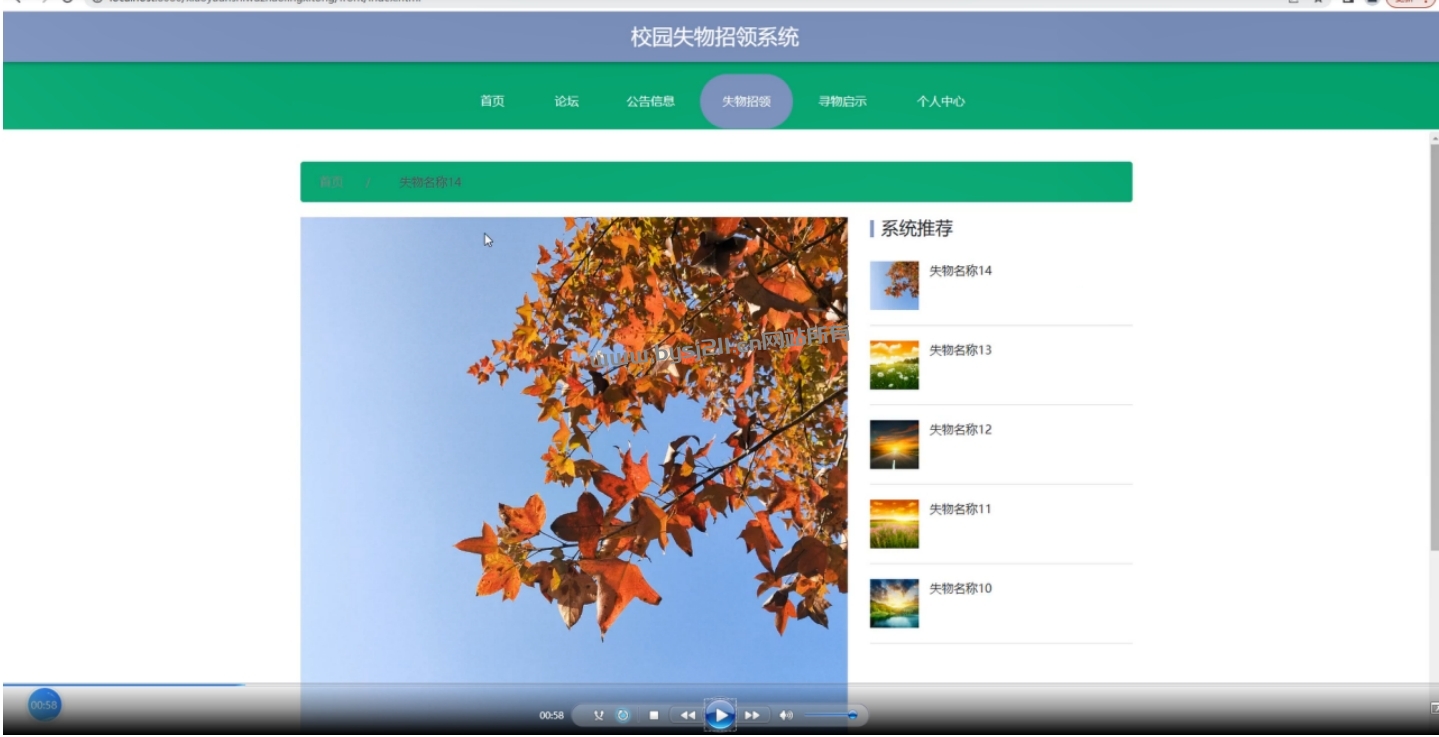Acknowledgements
I wish to express my thanks and appreciation to my tutor, Mrs. Zhong Xiao, whose careful reading and suggestions have been invaluable to me throughout my thesis writing. Without her help, this thesis would never have come to the present stage. My thanks should also be given to all the teachers who have taught me my BA courses. Without their enthusiasm and support, this work would not have been possible.
I am also grateful to my classmates and roommates for their psychological support and encouragement. In particular, I want to express my heartfelt gratitude to my friend Zeng Yinjuan. Without her support and constant encouragement, the completion of my present paper would not have been possible.
Abstract
With the development of globalization,China entering into WTO and the coming Olympic Games in 2008, international contacts have become more and more frequent. Our society is in great need of personnel who have a good command of knowledge and are able to communicate with people from different countries. How to make English teaching meet the needs of social and economic development has become an urgent task to English educators. Therefore, developing students’ intercultural communicative competence has been paid much attention in English teaching. Nowadays, it has been prescribed into the New English Curriculum Standards. Obviously, middle school English teachers are facing the challenge of exploring appropriate means of culture instruction in their teaching contents. However, because of the testing system, teachers’ academic proficiency, students’ attitude and so on, culture introduction has been ignored in middle schools and students’ intercultural competence is poorly developed. Since language and culture are inseparable,one cannot master the spirit of a foreign language without knowing its culture. Culture teaching should be given priority in English teaching. In the hope of improving culture teaching in middle school English classes, practical principles and effective techniques are suggested.
In this article, the author proceeds with the understanding of culture, then combines with the teaching practice as a intern in Wuhua Middle School to introduce some useful methods and ways through analyzing the differences between Chinese and Western cultures, discusses how to help students to learn culture differences at the beginning of English learning and how to relate Chinese and Western culture differences with language differences so as to develop students’ cultural sensitivity and their abilities to use various ways of communication flexibly, so as to enable students to carry out intercultural communication with English.
It will be demonstrated that teaching a foreign language in middle school is not just to give a homily on syntactic structures or learning new vocabulary and expressions, but mainly cultivate or incorporate some cultural elements, which are related with language itself. In a word, the positive result of the study shows that teaching target culture and cultivating students’ cultural awareness in English teaching is not only helpful to solve the existing problems in English teaching in Chinese secondary schools, but also significant to the individual development of the secondary school students.
Key Words: intercultural communicative competence English teaching intercultural awareness culture
摘 要
随着全球化的发展,中国进入WTO,2008年北京奥运会的临近,国际间的交流越来越频繁。我们的社会需要大量具有跨文化交际能力的全面的外交人才。如何使英语教学迎合社会经济发展的需求已经成为了英语教师的迫切任务,因此,在英语教学中发展学生的跨文化交际能力受到了更多的关注,如今已被写入新英语课程标准,中学英语教师面临着文化与英语语言知识教学的新挑战,然而,由于测试系统,教师的学术水平及学生的态度等诸多问题,文化导入被忽略,学生的跨文化交际能力得不到发展和提高。语言与文化密不可分,不了解英语文化也就不能真正掌握这门语言。文化教学必须在中学英语教学中上升到一定高度。为了改善中学英语教学的文化教学,本文提出了一些实践的原则和有效的方法。
本文从文化的认识入手,结合自身在五华中学实习的教学实践引入一些有用的方法,通过分析中西文化的不同,讨论如何在英语的初学阶段帮助学生了解文化的不同,以及如何掌握中西语言和文化的关系,以此来培养学生的文化感知能力以及他们灵活运用各种方法进行交流的能力,使学生用英语进行跨文化交流。
中学的英语教学并不仅是对句法结构的讲解和学习新的词语和表达,而是需要培养和融入与语言相关的文化因素。总而言之,在中学英语教学中始终贯穿文化的导入和渗透,不仅能改善我们英语教学的不良现状,而且能使学生的语言能力直接变为交际能力,促进其个人的全面发展。
关键词:跨文化交流能力 英语教学 跨文化意识 文化
Contents
Acknowledgements………………………………………………….…….…..………i
Abstract (English)………………………………………………….…………………..ii
Abstract (Chinese)………………………………………………..………….…………iv
Contents……………………………………………………………….………………..v
- Introduction……………………………………………………………..………..…1
1.1 Research purpose……………………………………………………..……..…..1
1.2 Research background……………………………………………………….……1
1.2.1 Researches abroad…………………………………………………..……..1
1.2.2 Researches at home……………………………………………………….3
- Language and culture…………………………………………..……………..….…3
2.1 What is language………………………………………………..……………….3
2.2 What is culture…………………………………………………..….…………..4
2.3 The relationship between language and culture……………………..…………..5
- The current situation of intercultural awareness cultivation in middle schoolEnglish teaching……………………………………………………..….…………………6
3.1 Teachers’ attitude to the intercultural awareness cultivation……….…………..6
3.2 Students’ attitude to the intercultural awareness cultivation……………………8
3.2.1 Students’ motivation…………………………………………….………8
3.2.2 Students’ competence……………………………………….………..…9
- The necessity of intercultural awareness cultivation in middle school.……………..11
4.1 The requirement of syllabus……………………………………………..……..11
4.2 The requirement of present teaching materials………………………………..12
- The application of the principle of intercultural awareness cultivation……………14
5.1 The principle of grading……………………………………………….………14
5.2 The principle of adaptability ………………………………………….………15
5.3 The principle of practicability………………………………….……………..15
- The approaches of teaching intercultural awareness cultivation…………………..16
6.1 Teaching intercultural awareness cultivation in classroom……………………16
6.1.1 Adopting role play method……………………………………………….16
6.1.2 Incorporating cultural knowledge………………………………………..17
6.1.3 Adopting contrastive measure……………………………………………18
6.1.4 Adopting audio-visual approach…………………………….…….……..19
6.1.5 Finding cultural background in the textbook………………….….……..19
6.2 Teaching intercultural awareness cultivation outside class………….…………20
6.2.1 Supplying relative cultural material…………………………….……….20
6.2.2 Organizing communicative activities…………………………………….21
- Conclusion……………………………………………………………….…..……21
References……………………………………………………………………….……24

 成为VIP
成为VIP



